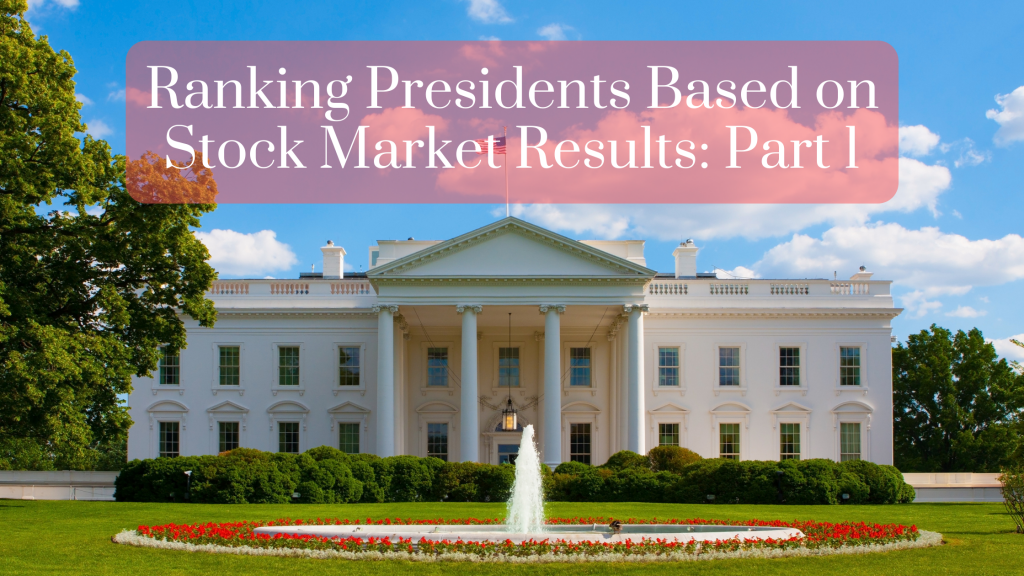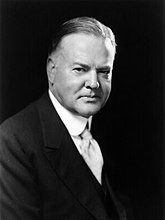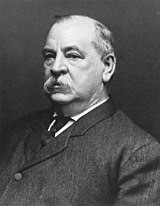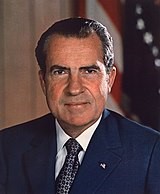February 9, 2021

Every four years, Washington D.C. and Wall Street converge as Americans elect a president and Wall Street tries to figure out what the outcome means for the stock and bond markets. And since so many hypotheses on this topic abound, it’s hard to keep track of them all.
For example, there are those who believe stock have better results when:
- A president is re-elected to a second term;
- A new president from a different party is elected; or
- There is a Republican/Democrat president.
But what if we ranked the presidents simply by the results of the main stock market indexes, the Dow Jones Industrial Average (DOW) and the S&P 500? Surely that would settle the debate as to which president was best for investors, right? Before we begin, there are a few big caveats to consider.
The Five Big Caveats
Caveat #1: Since the Office of the President was established in 1789, America has had 45 different presidents. And just three years later, Wall Street was officially founded on May 17, 1792 with the signing of the Buttonwood Agreement. But for the most part, there really was no stock market until the late 1800s, meaning it doesn’t make sense to include the first 22 presidents. This analysis starts with the election of 1888.
Caveat #2. The Dow Jones Industrial Average was first published on May 26, 1896 and it followed the 12 largest companies in each sector. Today, it tracks 30 companies. The other very commonly-used index – the S&P 500 – although introduced in 1957 it does track data back to the late 1920s. Our series uses the S&P 500 from President Hoover to the present, and the DOW for earlier.
Caveat #3. Results do not include dividends. Over the last few decades, dividends have become a smaller component of total returns, so not including dividends will tend to favor more recent presidents.
Caveat #4. Data is not adjusted for inflation. This will tend to help presidents of inflationary times (Carter and Ford) and hurt presidents of deflationary times (Hoover and Bush).
Ranking Presidents Based on Stock Market Results, Last to First
#1 of 22

President Herbert Hoover, Republican
- Market Results: -30.8% per year
- Term: March 4, 1929 – March 4, 1933
- Election Year: 1928
Is it any surprise that President Hoover, who took office just a few months before the Stock Market Crash of 1929 that led to the worst bear market in history, would be last in terms of results? Hoover presided over an annualized compound loss of 30.8% and a cumulative decline of 77.1%.
After his landslide win in 1928, Hoover said in his inaugural address that: “I have no fears for the future of our country. It is bright with hope.”
Then just seven months later, on October 24, 1929, the world witnessed the beginning of the Stock Market Crash of 1929, which brought Black Monday, when the DOW declined by 13% in a single day.
#2 of 22

President George W. Bush, Republican
- Market Results: -5.6% per year
- Term: January 20, 2001 – January 20, 2009
- Election Year: 2000 and 2004
George W. Bush did not come into office after the Stock Market Crash of 1929 and the Great Depression, but he did come into office after the Dot.com boom of the 1990s and presided during the September 11th terrorist attacks, the Iraq War and the 2008 mortgage crisis.
While there were some good years from 2003 through 2007, many might remember when Bush visited the New York Stock Exchange on January 31, 2007 and gave a speech deriding excessive executive compensation.
Little did anyone know at the time that in less than a year, investors would experience one of the worst bear markets in history stretching from October 2007 through March 2009 when the S&P 500, DOW and NASDAQ were all down more than 50%.
#3 of 22

President Grover Cleveland, Democrat
- Market Results: -4.9% per year
- Term: March 4, 1893 – March 4, 1897
- Election Year: 1892
Stephen Grover Cleveland was the 22nd and 24th president of the United States, the only president in history to serve two non-consecutive terms in office (1885 – 1889 and 1893 – 1897). But his second presidency will be remembered for the third worst in history, measured by stock market performance.
Cleveland’s second presidential term coincided with the Panic of 1893 that ran through 1897 – the end of Cleveland’s presidency. The Panic of 1893 began with a railroad bankruptcy in February 1893 and resulted in over 500 banks closing, more than 15,000 business failing and unemployment hitting 19%.
The deep recession that followed hammered the banking system and by many accounts led to the realignment of the Democratic Party and the beginning of the Progressive Era.
#4 of 22

President Richard Nixon, Republican
- Market Results: -3.9% per year
- Term: January 20, 1969 – August 9, 1974
- Election Year: 1968
President Nixon is remembered for Watergate, his resignation and the Vietnam War, but stock markets did not do well during Nixon’s presidency too.
President Nixon is also remembered for abandoning the gold standard – which meant that the U.S. would no longer convert dollars to gold at a fixed value.
Nixon implemented a series of economic measures – now called the Nixon Shock – to help combat rising inflation. The result was even higher inflation in the 1970s and one of the worst bear markets in history from 1973 – 1974.
Part II
Next month will bring Part II – and the list might surprise you.
Important Disclosures
All information is believed to be from reliable sources; however, LPL Financial makes no representation as to its completeness or accuracy.
The Standard & Poor’s 500 Index is a capitalization-weighted index of 500 stocks designed to measure performance of the broad domestic economy through changes in the aggregate market value of 500 stocks representing all major industries.
The Dow Jones Industrial Average Index is comprised of U.S.-listed stocks of companies that produce other (non-transportation and non-utility) goods and services. The Dow Jones Industrial Averages are maintained by editors of The Wall Street Journal. While the stock selection process is somewhat subjective, a stock typically is added only if the company has an excellent reputation, demonstrates sustained growth, is of interest to a large number of investors and accurately represents the market sectors covered by the average. The Dow Jones averages are unique in that they are price weighted; therefore their component weightings are affected only by changes in the stocks’ prices.
1LPL Research, FactSet 1/19/21
This article was published by RSW Publishing.
LPL Tracking # 1-05118860
VIEW OUR Business Continuity Plan
CFP® Certified Financial Planner™ Certified Financial Planner Board of Standards, Inc. owns the certification marks above, which it awards to individuals who successfully complete initial and ongoing certification requirements.
Securities and advisory services offered through LPL Financial, a Registered Investment Advisor Member FINRA + SIPC.
The LPL Financial registered representative associated with this site may only discuss and/or transact securities business with residents of the Following states: NC, VA, SC, MD, DE and FL.
Financial planning services offered through LPL Financial, a registered investment advisor